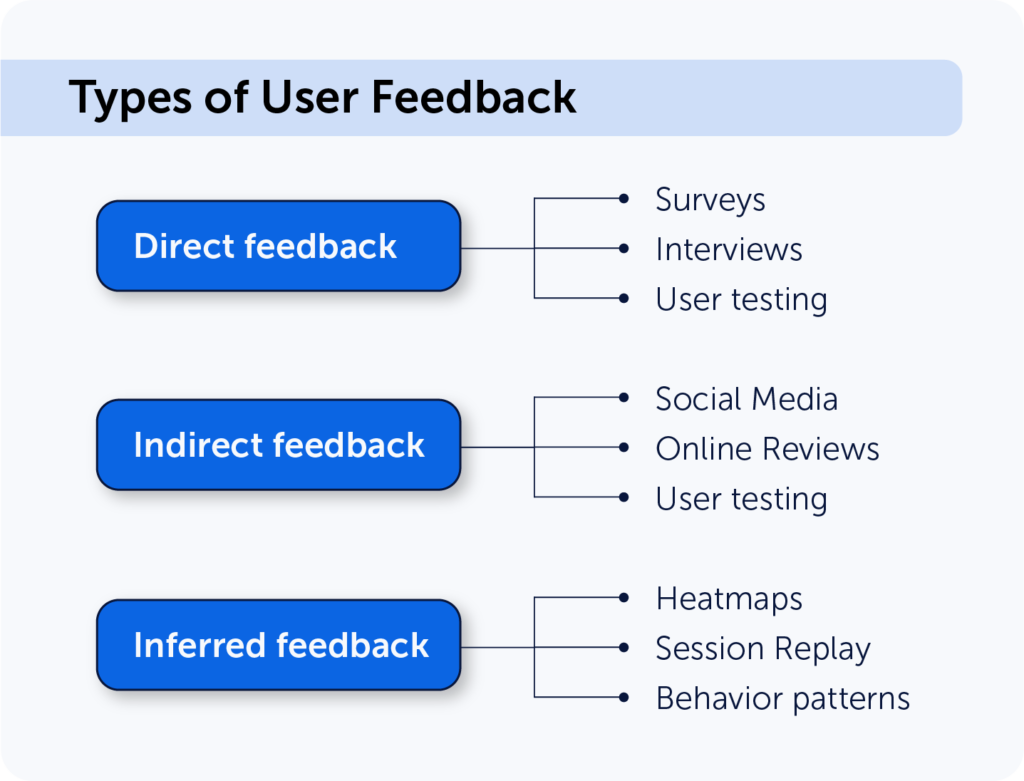
Introduction to WhatsApp Evolution
WhatsApp, launched in 2009 by Brian Acton and Jan Koum, began as a simple solution for users to send text messages without incurring SMS fees. The platform quickly gained popularity, leading to its acquisition by Facebook in 2014. This move not only fortified its financial backing but also opened avenues for rapid innovation and expansion. As digital communication surged, WhatsApp adapted to accommodate the evolving needs and preferences of its user base.
Initially, WhatsApp offered basic messaging services, but user demand for additional features prompted significant enhancements. The introduction of voice calls in 2015, followed by video calls in 2016, marked a pivotal transition for the application, transforming it into a comprehensive communication suite. Moreover, with the addition of group chats, users could now connect with multiple contacts simultaneously, fostering communities and enhancing social interactions.
Feedback from users has played a critical role in shaping WhatsApp’s trajectory. The developers remain attuned to suggestions and concerns voiced by the community, allowing them to roll out updates that address user needs and fix any issues. The introduction of features such as end-to-end encryption highlighted WhatsApp’s commitment to privacy and security, responding to growing concerns over data protection in the digital age. As the platform grew, the integration of rich media sharing capabilities, including images, videos, and documents, further broadened its appeal.
In summary, WhatsApp’s journey is characterized by its responsiveness to user feedback and its ability to harness emerging technological trends. As it continues to innovate, the application aspires to stay at the forefront of the messaging landscape, promising users a seamless, secure, and enhanced communication experience.
Recent Updates: A Look Back at 2023

As we reflect on 2023, WhatsApp has made significant strides in enhancing its platform, introducing features aimed at improving user experience and security. One of the most notable updates was the enhancement of security measures, which included end-to-end encryption for voice and video calls. This reinforced the commitment of WhatsApp to maintaining privacy and protecting user data, particularly in a landscape where digital security has become increasingly paramount.
In addition, WhatsApp has made considerable improvements to group chat functionalities. A key update allowed users to create larger group chats, accommodating up to 512 participants. This development provides a solution for communities and organizations that depend on large groups for communication. Furthermore, the introduction of group polls enabled users to engage in decision-making processes more effectively, fostering greater interaction and collaboration within groups.
Enhancements in multimedia capabilities have also been central to WhatsApp’s updates this year. Users can now share videos up to 2GB in size, allowing for easier transmission of high-quality media. Additionally, new editing tools were integrated for images and videos, making it simpler for users to personalize their content before sharing. These improvements reflect WhatsApp’s commitment to remaining a leading platform for personal expression and communication.
Finally, the launch of a “disappearing messages” feature in group chats has fostered a sense of privacy, enabling users to communicate more freely without the concern that their messages will persist indefinitely. Collectively, these updates throughout 2023 reflect WhatsApp’s dedication to adapting to user needs and enhancing the overall experience on its platform.
Upcoming Features: What to Expect

WhatsApp, the globally acclaimed messaging platform, continues to innovate and enhance user experience with an array of new features expected in the near future. Among the most anticipated updates are improved voice and video calling options that aim to provide higher quality and more stable connectivity. These upgrades are crucial as the demand for efficient communication solutions grows, especially with the increasing prevalence of remote work and virtual social interactions. Users can look forward to features such as multi-device support, which will allow them to seamlessly switch between devices without interrupting ongoing calls.
Another exciting area of development is the introduction of personalization features. This will empower users to customize their chats, making conversations more engaging and reflective of individual styles. Such enhancements may include various themes, unique chat backgrounds, and even the option to choose specific notification sounds for different contacts. The incorporation of these personal touches is likely to make the messaging experience more enjoyable and tailored to personal preferences.
Furthermore, WhatsApp is reportedly working on innovative enhancements to its status feature. Currently a popular way for users to share updates with their contacts, the potential upgrades could offer more dynamic options for expression, including richer media formats or interactive elements. These enhancements would enable users to engage more creatively with their audience, making the status function a more vibrant medium for communication.
As these features roll out, they are expected to significantly improve not just the functionality of WhatsApp but also the overall user experience. Keeping abreast of these developments will help users fully leverage the platform’s capabilities, making it an indispensable tool for both personal and professional communication.
Integration with Other Apps and Platforms

WhatsApp has consistently advanced its position as a leading messaging platform by prioritizing seamless integrations with various applications and platforms. One of the most anticipated developments is its enhanced interoperability with social media and productivity tools. These integrations are designed to streamline communication for users, promoting a more cohesive digital experience.
For instance, integrating WhatsApp with popular social media platforms allows users to share content effortlessly. By enabling direct sharing from these platforms to WhatsApp, individuals can quickly communicate updates, news, or personal messages without switching between applications. This kind of functionality reduces friction in user interactions and encourages more frequent engagement across channels.
In the realm of productivity, WhatsApp aims to cooperate with tools such as Google Workspace and Microsoft Office. These integrations would allow users to receive notifications, schedule events, and manage tasks directly through WhatsApp, thereby enhancing overall productivity. For teams collaborating on projects, the ability to share documents and discuss developments in real-time within the app fosters an efficient workflow, minimizing the need for back-and-forth communication across multiple platforms.
Furthermore, third-party applications can leverage WhatsApp’s versatile APIs to create customized solutions that cater to specific user needs. Businesses, in particular, stand to gain from such integrations, as they could maintain direct lines of communication with customers, offer support, and send updates, all through the WhatsApp platform. This capability not only enhances customer experience but also solidifies WhatsApp’s utility as more than just a messaging app.
Overall, as WhatsApp continues to develop and refine its integration strategies with various applications and platforms, it positions itself as a cornerstone for efficient communication and enhanced productivity in an increasingly connected world.
Focus on Security and Privacy Enhancements

In recent years, the digital landscape has witnessed a significant rise in cyber threats, prompting messaging platforms like WhatsApp to prioritize the security and privacy of their users. WhatsApp’s commitment to protecting user data is evident through a series of upcoming enhancements designed to bolster security measures. These initiatives aim to ensure that communications remain confidential and secure against unauthorized access.
One of the notable upcoming features is the introduction of enhanced end-to-end encryption protocols. This robust encryption technology will make it increasingly difficult for potential attackers to intercept messages during transmission. It ensures that only the intended recipients can decrypt and read the messages, thereby maintaining a high level of confidentiality. Additionally, WhatsApp is exploring advanced authentication mechanisms, such as biometric verification, which can add an extra layer of security to user accounts.
WhatsApp is also set to implement improved privacy controls, giving users greater autonomy over their personal data. Users will soon have the ability to customize their privacy settings more granularly, allowing them to choose who can see their online status, profile picture, and status updates. These changes reflect a growing awareness of user concerns about visibility and data sharing in digital communications.
Another important area of focus is the development of features aimed at combating misinformation and enhancing user safety. WhatsApp plans to leverage advanced algorithms to identify and flag potentially harmful messages, which can assist users in avoiding scams and fake news. Furthermore, the platform is likely to adopt features that enable users to report suspicious activity more efficiently, thereby fostering a safer communication environment.
As these updates are rolled out, users can expect a continual commitment from WhatsApp to evolve its security protocols, substantially enhancing user trust and confidence in using the platform for their personal and professional communications.
Leveraging AI and Machine Learning

In recent years, WhatsApp has begun to leverage artificial intelligence (AI) and machine learning (ML) technologies to enhance user experience and bring innovative features to the platform. One significant area of focus is the development of chatbots for businesses. These AI-powered bots enable organizations to automate customer interactions, provide immediate responses, and assist users with commonly asked queries, creating a seamless communication flow. By utilizing machine learning algorithms, these chatbots can continuously improve their responses and adapt to user inquiries over time, thereby increasing efficiency and satisfaction.
Another application of AI in WhatsApp is intelligent conversation management. The platform is increasingly exploring ways to help users manage their chats more effectively through ML-driven features. For instance, AI can prioritize notifications, automatically sorting important messages from less urgent ones. This assists users in staying organized and focused on critical conversations without the distraction of constant notifications. Additionally, AI can analyze user patterns and suggest conversation shortcuts or automated responses that align with the individual’s communication style, thus streamlining the way users interact.
Personalization is a crucial component of WhatsApp’s roadmap, made possible through machine learning. By studying user behavior and preferences, the platform can deliver tailored experiences that resonate with individual communication habits. Whether it’s personalized chats or recommended contacts based on previous interactions, these enhancements foster greater engagement and connection among users. Overall, as WhatsApp continues to integrate AI and machine learning, it is set to redefine how users communicate while simultaneously empowering businesses to deliver exceptional customer service via enhanced messaging capabilities.
User Feedback: The Driving Force Behind Features

User feedback plays a pivotal role in shaping the development strategy of WhatsApp. As a widely-utilized messaging platform, WhatsApp values the opinions and suggestions of its user base to enhance the overall experience. The company actively encourages users to provide input through various channels, including in-app feedback forms, official forums, and social media platforms. This open dialogue not only strengthens the relationship between the developers and users but also ensures that the platform evolves in alignment with user needs.
Over the years, numerous updates and features have been directly influenced by user feedback. For instance, the introduction of the “Delete for Everyone” feature, which allows users to retract messages, was a direct response to requests from the community. Similarly, the incorporation of features such as Stickers and the improved voice and video call quality stemmed from user suggestions and usage patterns. Such meaningful changes demonstrate how user input can significantly influence WhatsApp’s feature set and enhance user satisfaction.
